Quercetin
This nutritional supplement is gained from fruits and plants and it will be the focus of this text. It has anti-inflammatory and anti-histamine properties, along with antioxidant abilities.
It can also be used for prostate problems, depression, anxiety, fatigue, arthritis pain, asthma problems, and allergies, although some studies even suggest that it can prevent cancer. It can be made from berries, onions, tea, red wine, and apples. Several side effects may arise after the use of quercetin.
- Nutritional flavonoids, as is the case of Que, are even more powerful antioxidants than vitamins C and E, with those which contain in formula a 3-OH and 3?,4?-catechol revealing to be 10 times stronger toward peroxynitrite than ebselen. In different food products, onion-derived Que (containing Que glucoside) revealed a higher bioavailability than apple-derived Que (containing Que rhamnoside and Que galactoside).
- Que could restore the interference caused by hyperglycemia by modulating endothelial nitric oxide synthase (eNOS) and inducible nitric oxide synthase (iNOS). In addition, Que may activate silencing factor 1 (silent information regulator 1, SIRTl) to increase insulin sensitivity.
- Que showed anti-inflammatory properties in patients with coronary artery disease (CAD), through a decrease in the transcriptional activity of the NF-?B.
- In a 10-week double-blind randomized clinical test on 72 females having type 2 diabetes, the subjects were assigned to Que (500 mg capsule daily) and placebo groups. The biochemical parameters were compared between the baseline and the end of the study. Consequently, Que consumption reduced systolic hypertension considerably relative to the placebo group, and the HDL levels were significantly reduced in both categories along with changes in total cholesterol levels, LDL, and triglycerides.
- In another clinical study, 23 healthy men were fed 4.3 g of onion extract (containing 51 mg of Que) once a day for 30 days. The onion extract consumption did not considerably affect fasting flow-mediated vasodilation (FMD) but enhanced the postprandial FMD considerably.
- Despite the immense benefits of Que, it is limited by poor aqueous solubility, poor permeability, instability in physiological medium (stomach and intestine), short biological half-life, and extensive first past metabolism in the liver before reaching the systemic circulation resulting in poor oral bioavailability, which limits the application of Que pharmaceutically.
Side Effects
One of the side effects is an allergy, which causes symptoms such as tongue, throat, or lips swelling, mouth sores, hives, wheezing, breathing problems, itching, and rashes. Nausea can also be experienced, along with dizziness and vomiting.
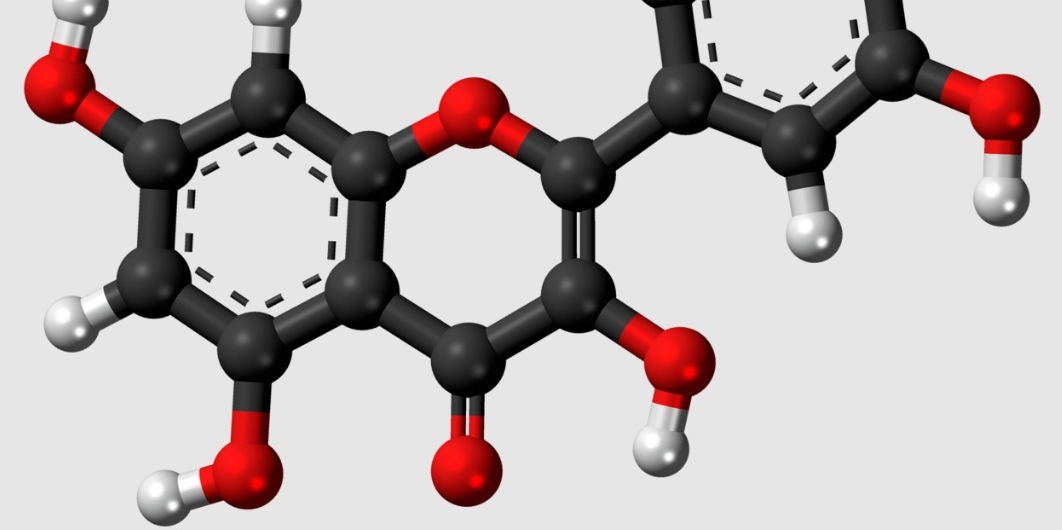
It can also cause migraines and vertigo, but this happens only in the most serious cases. Flushing and sweating are also felt along with these side effects. Another side effect is stomach discomfort, which is usually felt by those who are sensitive or weak. Stomach upset, acid reflux, indigestion, and heartburn are possible side effects, too. These are common if the quercetin is taken on an empty stomach, so always take the supplement between meals.
High dosages of this supplement may lead to kidney infection, but this is a rare and serious side effect. Taking the wrong dosage of the supplement may lead to the pro-oxidant effect, which means that the positive effect becomes a harmful effect. This further means that inflammation may be caused and not reduced, for instance. This can be avoided if the quercetin is used in small dosages.
Next possible side effect after the use of quercetin supplement is hormonal imbalance, which is most common among those who use hormone replacement therapy. Pain in the joint and discomfort in general can also be felt and taking the quercetin supplement over a prolonged period causes this side effect.
Functioning of the body antibiotics can be inhibited if the quercetin supplement is used. One of the antibiotics in the body is fluoroquinolone. This is a common side effect among those with high blood pressure.
Proper Dosage
It is important not to consume more than 1500 mg of quercetin or 3 dosages of 500 mg since this is a small dosage. You can combine this supplement with bromelain, hesperidin, rutin, and other bioflavonoids. This combination is advised since they make the absorption of the quercetin more efficient.
You have seen which side effects may come as a result of the use of quercetin supplements. Be careful and remember to consult the doctor before taking any supplement.


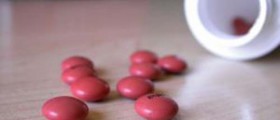
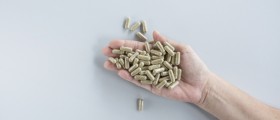
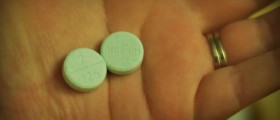


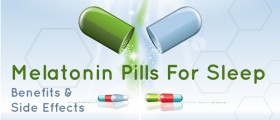
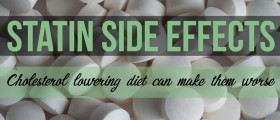



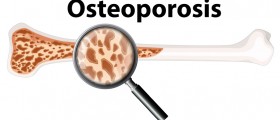

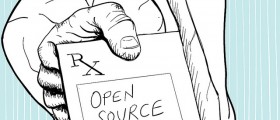
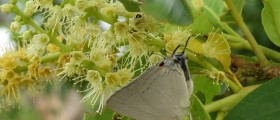

Your thoughts on this
Loading...